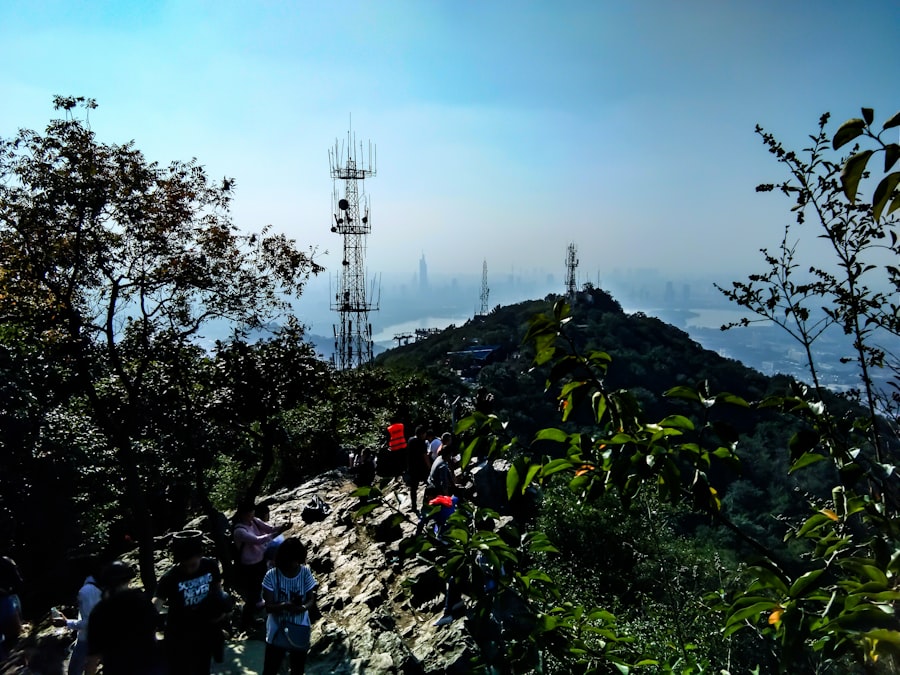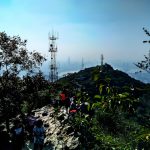Download links
How to install Preserving the Oldest Living Cultural Landscape: Banaue Rice Terraces APK?
1. Tap the downloaded Preserving the Oldest Living Cultural Landscape: Banaue Rice Terraces APK file.
2. Touch install.
3. Follow the steps on the screen.
Description
The Banaue Rice Terraces, often referred to as the “Eighth Wonder of the World,” are a remarkable feat of engineering and agriculture that date back over 2,000 years. These terraces were carved into the mountains of Ifugao Province in the Philippines by the indigenous Ifugao people, who developed sophisticated agricultural techniques to cultivate rice in a challenging mountainous environment. The construction of these terraces is not merely a testament to human ingenuity but also reflects the deep cultural and spiritual connection the Ifugao have with their land.
The terraces are not just agricultural fields; they are an integral part of the Ifugao identity, embodying their traditions, beliefs, and way of life. The historical significance of the Banaue Rice Terraces extends beyond their age and engineering prowess. They represent a sustainable agricultural system that has been passed down through generations.
The Ifugao people utilized a complex irrigation system that channels water from the surrounding mountains into the terraces, ensuring that rice crops receive adequate moisture. This system is not only efficient but also demonstrates a profound understanding of the local ecosystem. The terraces have been recognized by UNESCO as a World Heritage Site, highlighting their cultural importance and the need for their preservation.
The history of these terraces is intertwined with the stories of the Ifugao people, their rituals, and their agricultural practices, making them a living testament to a rich cultural heritage.
Key Takeaways
- The Banaue Rice Terraces were built over 2,000 years ago by the Ifugao people without the use of modern tools and are often referred to as the “Eighth Wonder of the World.”
- Preserving the Banaue Rice Terraces is crucial for maintaining the cultural heritage of the Ifugao people and for sustaining the local ecosystem and agriculture.
- Threats to the preservation of the Banaue Rice Terraces include environmental degradation, urbanization, and the migration of younger generations away from traditional farming practices.
- Efforts to preserve the Banaue Rice Terraces include the implementation of sustainable farming techniques, the establishment of heritage conservation programs, and the promotion of eco-friendly tourism.
- Sustainable tourism at the Banaue Rice Terraces involves responsible visitor behavior, the support of local communities, and the promotion of cultural exchange and education.
- The future of the Banaue Rice Terraces depends on the collective efforts of the government, local communities, and visitors to ensure the preservation of this UNESCO World Heritage site for future generations.
The Importance of Preserving Banaue Rice Terraces
Preserving the Banaue Rice Terraces is crucial for several reasons, primarily due to their cultural, ecological, and economic significance. Culturally, these terraces are a symbol of the Ifugao people’s identity and heritage. They embody centuries of agricultural knowledge and practices that have been finely tuned to the local environment.
The terraces are not just fields; they are landscapes imbued with stories, rituals, and traditions that define the Ifugao way of life. By preserving these terraces, we safeguard an essential part of human history and cultural diversity. Ecologically, the rice terraces play a vital role in maintaining biodiversity and preventing soil erosion in the region.
The intricate irrigation systems and terraced landscapes create unique habitats for various plant and animal species. Additionally, the terraces help regulate water flow in the area, reducing the risk of landslides and flooding during heavy rains. The preservation of these terraces is thus not only about maintaining agricultural practices but also about protecting the delicate balance of the ecosystem in which they exist.
Economically, the rice terraces contribute to local livelihoods through agriculture and tourism.
Threats to the Preservation of Banaue Rice Terraces

Despite their historical and cultural significance, the Banaue Rice Terraces face numerous threats that jeopardize their preservation. One of the most pressing issues is climate change, which has led to unpredictable weather patterns, including prolonged droughts and intense rainfall. These changes can severely impact rice production and threaten the delicate irrigation systems that sustain the terraces.
As temperatures rise and rainfall becomes more erratic, the traditional farming practices that have sustained the Ifugao people for centuries may become increasingly untenable. In addition to climate change, modernization poses a significant threat to the rice terraces. As younger generations migrate to urban areas in search of better opportunities, traditional farming practices are being abandoned. This shift not only leads to neglect of the terraces but also results in a loss of agricultural knowledge that has been passed down through generations.
Furthermore, infrastructure development, such as road construction and urban expansion, can encroach upon these historical landscapes, leading to further degradation. The combination of these factors creates a precarious situation for the future of the Banaue Rice Terraces.
Efforts to Preserve Banaue Rice Terraces
| Effort | Metrics |
|---|---|
| Community Engagement | Number of local community members involved in preservation activities |
| Conservation Projects | Area of land restored or protected |
| Tourism Management | Number of sustainable tourism initiatives implemented |
| Educational Programs | Number of students or visitors educated about the terraces’ significance |
Recognizing the importance of preserving the Banaue Rice Terraces, various organizations and local communities have initiated efforts aimed at safeguarding this cultural heritage. One significant initiative is the establishment of community-based programs that empower local farmers to continue traditional agricultural practices. These programs often include training sessions on sustainable farming techniques, which help farmers adapt to changing environmental conditions while maintaining their cultural heritage.
By involving local communities in preservation efforts, these initiatives foster a sense of ownership and responsibility towards the terraces. Additionally, government agencies and non-governmental organizations (NGOs) have collaborated on projects aimed at restoring neglected terraces and improving irrigation systems. These projects often involve replanting native crops and implementing soil conservation techniques to enhance productivity while preserving biodiversity.
Educational campaigns are also crucial in raising awareness about the importance of the rice terraces among both locals and tourists. By promoting cultural tourism that emphasizes respect for local traditions and sustainable practices, these efforts aim to create a more sustainable economic model that benefits both the community and visitors.
Sustainable Tourism at Banaue Rice Terraces
Sustainable tourism has emerged as a vital component in the preservation of the Banaue Rice Terraces. By promoting responsible travel practices, stakeholders aim to balance economic development with environmental conservation and cultural preservation. Tourists visiting the terraces are encouraged to engage with local communities, participate in traditional farming activities, and learn about the rich cultural heritage of the Ifugao people.
This approach not only provides economic benefits to local farmers but also fosters a deeper understanding and appreciation for their way of life. Moreover, sustainable tourism initiatives often include guidelines for visitors to minimize their environmental impact while exploring the terraces. This can involve promoting eco-friendly accommodations, encouraging waste reduction practices, and educating tourists about respecting local customs and traditions.
By creating a tourism model that prioritizes sustainability, stakeholders hope to ensure that future generations can continue to experience and learn from this unique cultural landscape without compromising its integrity.
The Future of Banaue Rice Terraces

The future of the Banaue Rice Terraces hinges on a multifaceted approach that combines preservation efforts with sustainable development strategies. As climate change continues to pose challenges for agriculture worldwide, innovative solutions will be necessary to adapt traditional farming practices to new realities. This may involve integrating modern agricultural technologies with time-honored techniques to enhance resilience against environmental changes while maintaining cultural integrity.
Furthermore, ongoing collaboration between local communities, government agencies, NGOs, and academic institutions will be essential in developing comprehensive strategies for preservation. Research into sustainable agricultural practices, biodiversity conservation, and climate adaptation will provide valuable insights into how best to protect these terraces for future generations. As awareness grows about the significance of cultural heritage sites like the Banaue Rice Terraces, there is hope that increased support from both local and international communities will lead to more robust preservation efforts.
In conclusion, while challenges abound for the Banaue Rice Terraces, there is also a wealth of opportunity for innovation and collaboration in their preservation. By embracing sustainable practices and fostering community engagement, it is possible to ensure that this extraordinary cultural landscape continues to thrive as a testament to human ingenuity and resilience in harmony with nature.





